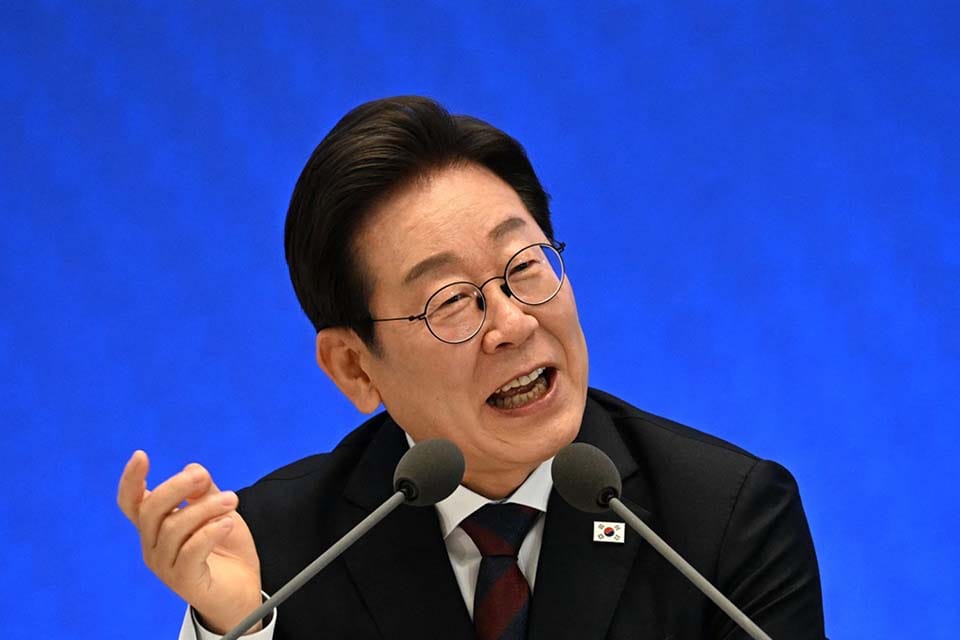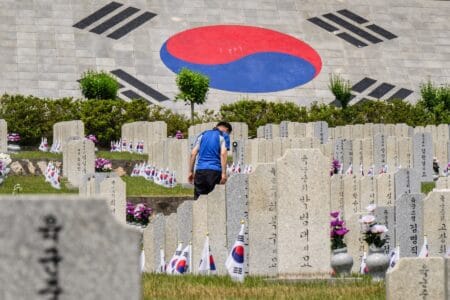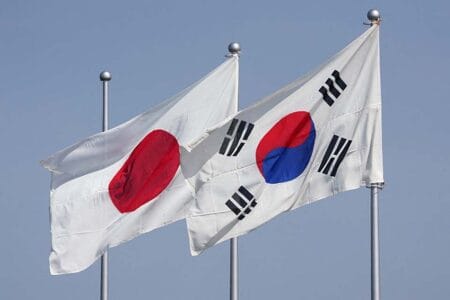August 15, 2025
SEOUL – The Lee Jae Myung administration on Wednesday unveiled a sweeping five-year national governance blueprint, a document that blends bold reforms with cautious caveats. Presented by the State Affairs Planning Committee just 70 days into his presidency, the plan is framed by Lee not as a fixed policy, but as a “set of proposals,” signaling a pragmatic approach in an era of economic uncertainty and geopolitical flux.
The blueprint outlines 123 national tasks across five strategic objectives. Its execution would require an estimated 210 trillion won ($152 billion) in additional fiscal spending over five years, marking an unapologetically expansionary stance for a government facing demographic headwinds and a sluggish economy.
One of its most contentious reforms is a proposed constitutional amendment to replace the single five-year presidential term with a four-year, two-term system, while also curbing presidential authority. The initiative seeks to address the concentration of executive power that has long fueled political instability, yet any amendment will require bipartisan consensus, a rare commodity in South Korean politics.
The blueprint also targets institutional restructuring in law enforcement. It calls for the disbandment of the Supreme Prosecutors’ Office by 2030, splitting its functions and abolishing the police bureau to bolster political neutrality and decentralize authority. Such reforms are bound to provoke fierce pushback from entrenched interests.
Economic policy centers on a pivot toward next-generation industries, most notably artificial intelligence. The government aims to position South Korea as one of the world’s top three AI powers by 2030, building an “AI expressway” that integrates advanced computing infrastructure into industrial and public sectors. This technological push supports targets for 3 percent economic growth and the Kospi index reaching 5,000 points.
The cultural sector receives equal emphasis. With a goal of expanding the Korean cultural industry to a 300 trillion won market and attracting 30 million inbound tourists annually by 2030, the plan includes 10 trillion won in policy financing to sustain the momentum of South Korea’s global cultural influence.
Social policy initiatives aim to fortify the safety net. Child allowances would be extended to all children under 13 by 2030, while out-of-pocket nursing care costs would be sharply reduced. These measures, targeting low birth rates and an aging society, are designed to preserve social cohesion amid economic transformation.
National security policy sets an ambitious goal: regaining wartime operational control, or OPCON, from the United States within Lee’s term, subject to readiness conditions agreed in 2014. While the administration sees this as an essential step toward self-reliance, US military officials have warned against any accelerated timetable that might compromise preparedness.
Inter-Korean relations are poised for a shift from confrontation to dialogue, with a focus on restoring communication channels and fostering peaceful coexistence. Diplomatically, the government pledges a pragmatic, interest-driven approach: strengthening but evolving the US alliance, seeking forward-looking ties with Japan, deepening strategic engagement with China and managing relations with Russia constructively.
The plan’s breadth reflects an attempt to balance domestic reform with geopolitical agility. Yet its ambition is matched by the scale of the political and fiscal challenges it faces. Lee likens the spending to sowing seeds for future harvest, a metaphor that underscores both the optimism and the risk of this approach. Without disciplined governance and transparency, such vast outlays could become a liability rather than a legacy.
Whether this blueprint becomes a turning point for South Korea will depend less on the audacity of its goals than on the administration’s skill in pragmatic execution — forging consensus on divisive reforms, maintaining fiscal discipline and adapting to shifting global realities. The next five years will reveal whether this vision is the foundation of a more resilient nation or a bold venture that falters under its own weight.







